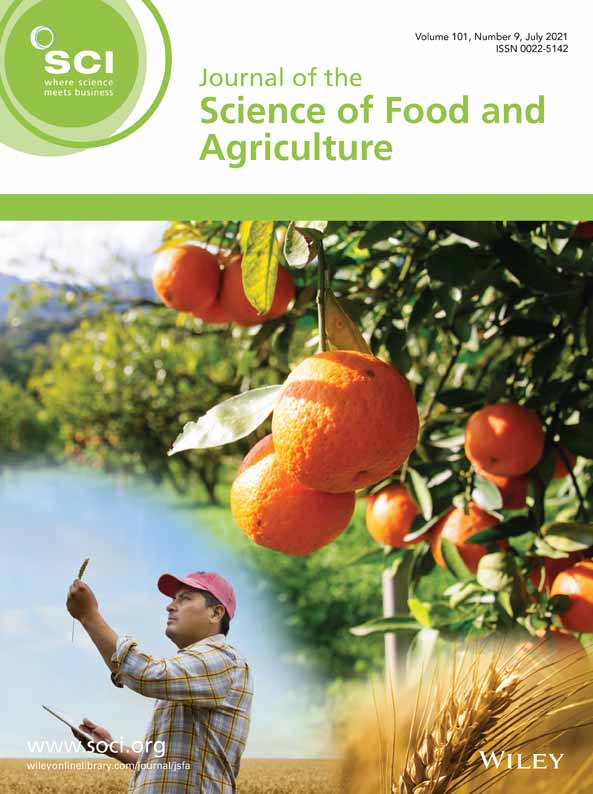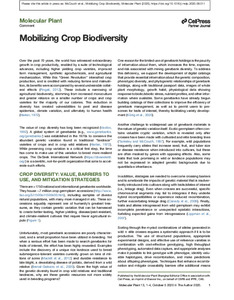BACKGROUND: Maca is an Andean crop of the Brassicaceae family which is mainly known for its fertility-enhancing properties following consumption. The hypocotyls display various colours ranging from white to black. Each colour has different biological effects. The aim of this study was to analyse the concentrations of major secondary metabolites in hypocotyls and leaves of maca in a controlled planting experiment in the Peruvian Andes at 4130 m above sea level. The effects of colour type and of previous cultivation of the field were examined.
RESULTS: In the hypocotyls, he colour type effect was significant for most secondary metabolites; exceptions were beta-sitosterol and campesterol. The lead-coloured, yellow and violet maca hypocotyls were rich in glucosinolates, macaene and macamides, respectively. Previous cultivation affected macaene, campesterol and indole glucosinolate concentrations. Effects on metabolite concentrations in the leaves were minor. Hypocotyls were richer in macaene, macamides and glucosinolates than were leaves, and were poorer in beta-sitosterol and total phenols.
CONCLUSION: Colour type has to be considered in maca production, as colour associates with variations in concentrations of distinct bioactive metabolites. Leaves may be interesting for animal nutrition purposes as they contain essentially the same secondary metabolites as the hypocotyls but in clearly lower concentrations. (C) 2010 Society of Chemical Industry



